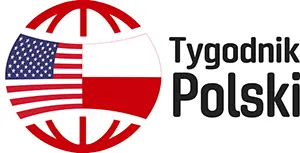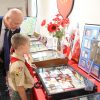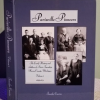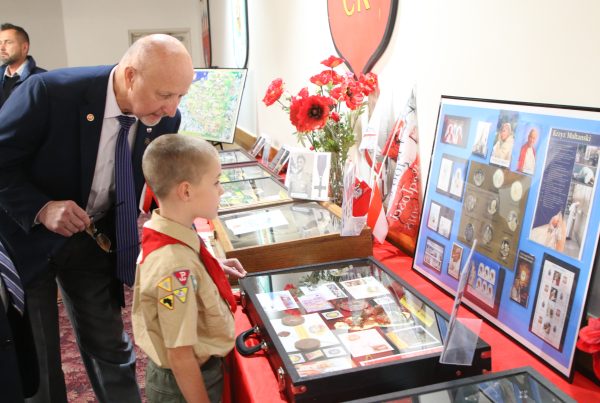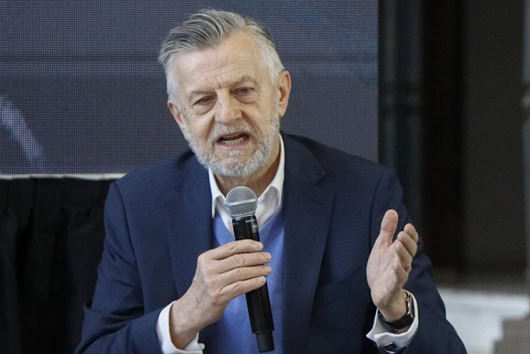Maya G. Pelshaw
America has always been a place where citizens are encouraged to hold on to their own traditions and heritages, even as they assimilate into the larger culture. One way in doing so is by incorporating simple traditions into the familial gatherings. Another way is by joining Polish organizations or dance groups in your local community. I will now share with you the ways in which I have been able to keep my Polish heritage alive throughout my life.
Living out my Polish identity and my ancestors’ identity has always been a huge part of my life, starting at the young age of two. My family heritage is from a city outside Lublin, Poland. My father introduced my older sister to traditional Polish dance when she was just four years old. Since I am the younger sister, of course, I wanted to keep up with her, so I joined too. Even as an overeager two-year-old, I enjoyed the beat of the folk music that Polish people like me have danced to for centuries.
As a grade-schooler, I learned the traditional dances under the instruction of Miss Marcia Lewandowski in the Rzeszów Polish Dance group and made many friends along the way. I loved wearing the brightly colored skirts and aprons and dancing in the black, lace-up boots. As I grew older, my love for Polish culture and traditions kept growing, so I started taking Polish Language classes to learn the language of my ancestors. I progressed past “proszę” and “dziękuję” and can understand some more basic phrases. Later that year, my family and I traveled to Poland to visit the relatives we still have living there for the first time. As I was immersed in Polish culture and visited Kraków, Zakopane, and Krosno, I felt that I had developed a deeper understanding of what being Polish truly meant. Eventually, I earned the opportunity to perform in Poland with my dance group, now under the direction of Donna Skurski of the Opole Dancers. After months of preparation, in the summer of 2018, my Polish Dance troop flew to Iwonicz-Zdrój, Poland, and performed for a week with Polish dance groups from around the world at the 10th International Festival of Children’s Folk Ensembles. I graduated from the Opole Dance School, but to this day, I am a member of the adult Wawel Folk ensemble. In the summer of 2023, I traveled to Rzeszów, Poland, to perform in the World Festival of Polish Folklore with the Wawel Folk ensemble. This experience was incredible; interacting with Polish dance groups from all around the world, all sharing the same love for our Polish heritage, despite being from other countries. After eighteen years of dancing my way back to my home culture, I realize how important a part of my life it has been so far.
At both the beginning and the end, all cultural traditions start with the family, and mine is no exception. Every Christmas Eve, my family gathers and celebrates “Wigilia” with a tasty variety of traditional Polish food. The food consists of 12 dishes of meatless Polish cuisine, from potato cheese pierogi and śledzie to rose jelly naleśniki. We also celebrate on Christmas Eve by breaking an opłatek to wish good luck and good health over the next year to our loved ones. Every Christmas Eve for the past six years, I have attended midnight mass at Sweetest Heart of Mary Catholic Church dressed in my Polish costume alongside my father and other Wawel Folk ensemble members. Birthdays are always celebrated not with the usual “Happy Birthday,” but of course with the Polish “Sto lat”.
As an American young adult, I know that I will take all of the hopes, dreams, (and yes, dance steps) of my ancestors with me through life. These are all of the ways to keep Polish heritage alive.
